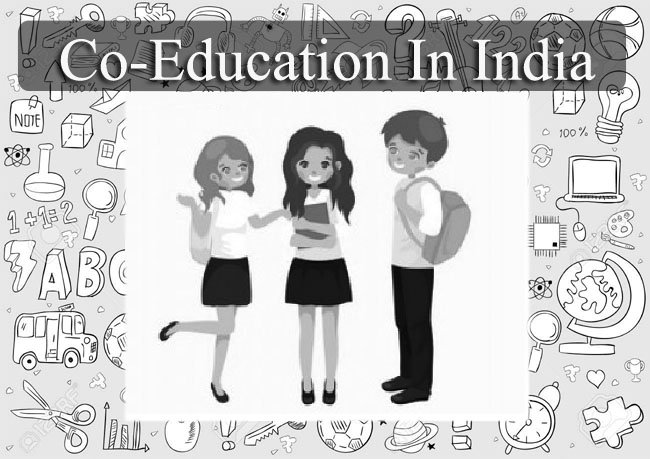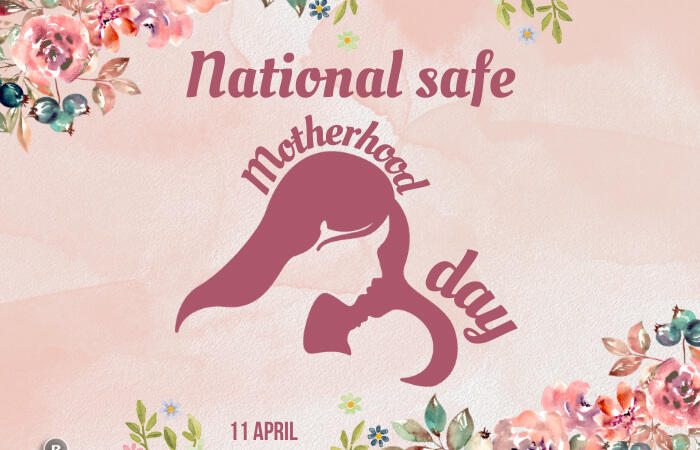Importance Of Co-Education In India

The word ‘Co’ means together and ‘Education’ is imparting knowledge, hence the term Co-education is a system of educating boys and girls together.
It is a practice to give education to both boys and girls together in the same school and class rather than having a separate school for girls and boys. This reflects gender equality where both boys and girls are taught together under the same roof and is a common practice worldwide.
The practice of Co-education was since ancient times, co-education existed in Sparta in Greece. It imparts no discrimination between boys and girls and they can study and play together. Along with academic education, physical training was also given to both sexes. Plato, the Greek philosopher believed that co-education brings the overall development of both men and women and creates a feeling of comradeship among them.
Just like west ancient Indian Vedic society (Ancient India) also give co-education at few places. But gradually education to women was ignored and the system of education imparted in those times involved students living in Gurukuls during their study life and only boys were sent to far-off places. They not only received an academic education, like the study of scriptures but also were given physical training like training in warfare. Gurukuls involve students to stay away from home and girls were not sent to far-off places and thus they were deprived of the benefits of education.
In the medieval period, India witnessed a large number of Mohammedan invasions and education experiences a new perspective, a new system of education was introduced. Students of lower caste and women were not allowed to attend schools or study scriptures, girls were entitled to receive education only up to a definite age after that their education was stopped, girls of higher classes used to continue their studies at home.
The subjects taught to boys were different than taught to girls, girls were taught things more relevant to their roles as homemakers while boys were taught subjects related to trades, skills as bread earners. Raja Rammohan Roy, a great social reformer and scholar, fought against this practice and succeeded in his mission. His mission was further carried on by other social reformers.
Today, co-education is prevalent in almost all countries of the world. Men and women have to survive with each other in marriage or in the workplace for that they should know how to blend with each other. It is widely seen in India as well, we have a number of co-educational schools, colleges, and universities.
There is a number of advantages attached to the co-educational system of education.
1. It is economical
Poor countries cannot afford to open separate schools for boys and girls. Co-education will save the extra cost incurred on building separate infrastructure, furniture, stationary, and personnel recruitment.
2. Helps students to intermingle
Co-education helps boys and girls to understand each other well. They get used to an environment where both the genders work together, they become more broad-minded and tolerant towards the opposite gender. They don’t hesitate or feel shy in each other’s company and learn how to respect each other and accept each other as they are.
3. Shortage of efficient teachers
In developing countries like India, there is a shortage of efficient teachers and lecturers. If there is co-education, the same staff can teach both boys and girls at the same time in the same class and shortage of efficient teachers can be dealt with easily. Students taught together lead to better and proper handling of resources, hence co-education is not only helpful for boys and girls, but also for the nation as a whole.
4. Healthy competition and friendship
When boys and girls are being taught together they will prevail a feeling of healthy competition among themselves. There will be friendship among opposite genders and both will work hard to prove themselves. Boys will not indulge in any kind of eve-teasing. Co-education results in a balanced development of the personality of boys and girls.
5. No discrimination
Since in co-education both boys and girls are treated equally there is no discrimination in any form, and respect toward each other is increased.
6. Improves academic performance
The study has shown that co-education has resulted in overall improved academic performance of a student. In fact, a higher percentage of girls not only lowers the amount of classroom disruption but also fosters a better relationship between students and their teachers. It has been found that classes with more than 55 percent of girls displayed better examination results and less violent outbursts overall. It was due to the positive influence of the girls in the classroom environment.
7. Uniformity
Boys and Girls studying under the same roof or educational institute makes the environment meticulous. All students get the same curriculum and same experiences if they are studied together. Every child irrespective of their sex gets the same knowledge and wisdom.
8. Behavioral changes
Boys’ behavior, style of communication change and they behave decently when around girls. They refrain from using abusive and rough language, dress properly, while girls overcome their shyness and become more confident and understand boys better.
9. Survival for the future
Men and women should live together and know each other well for a successful married life. Co-education is the first step toward this goal, it teaches empathy, teamwork, and compassion and mingles with each other well so that in the future they live a successful life with each other.
10. Overcome fear of opposite gender
Both boys and girls are different in behavior, the fear, shyness, and hesitation can only be overcome if they are taught together where they can easily communicate with each other and create a comfort zone for themselves.
However, some people are still opposed to the system of co-education. According to them, the system is against Indian culture and tradition. It is also argued that girls feel freer in an institution that is meant only for girls where they have a greater scope of developing their personality. They also participate in sports, dramatics, and debates more freely. Teachers of subjects like Biology also find it easier to explain some chapters more thoroughly if only girls and boys are sitting in the class. Sex education has also been introduced and in co-educational schools, teachers find it difficult to discuss these topics in class.
It is also felt that since students especially teenagers of 13-19 years of age are of impressionable age, and have more possibility of going astray in co-educational institutes, where they enjoy more freedom of intermingling with the other sex. They are also less focused on their studies.
It should be acknowledged that in the fast-changing society of the twenty-first century co-education has to become the order of the day. Today, girls are entering professions in large numbers. Many of them are heading big organizations. Co-education will help young boys and girls to mix freely and understand one another better. Today’s children are tomorrow’s citizens, we must encourage them to develop their personalities in a free and healthy atmosphere. Girls no more have to remain confined to the four walls of the house. Co-education will help both sexes to learn and work together for the progress of the nation.
Suggested Read: Right To Education In India






